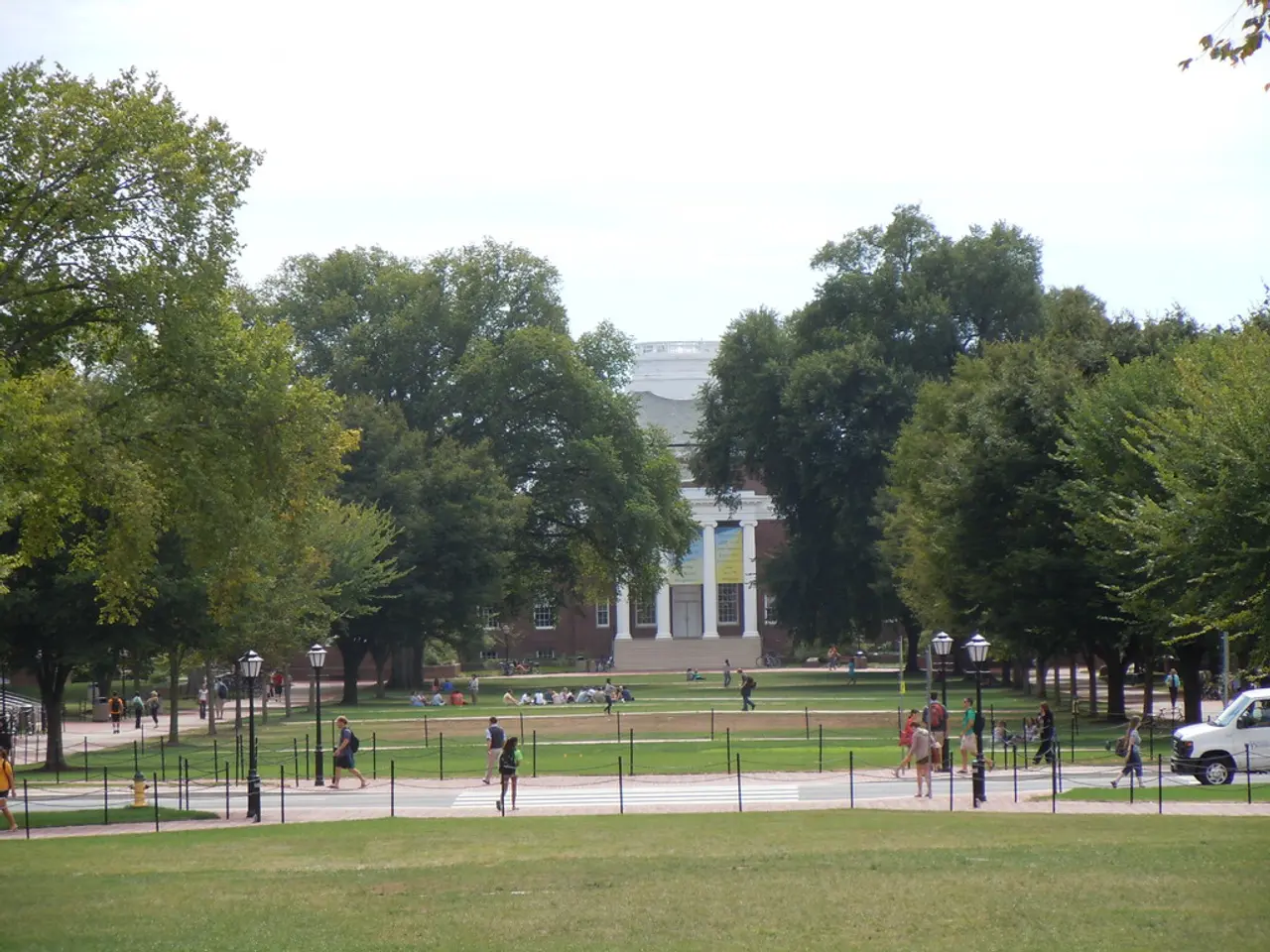Blending Subject Matter: Infusing Scientific Approach Across Academic Disciplines
In today's rapidly changing world, education is evolving to prepare students for careers in interdisciplinary fields like bioengineering, cybernetics, and robotics. This shift towards interdisciplinary education is essential, as it equips students with the ability to approach complex problems by integrating knowledge and skills from various disciplines.
One key strategy is designing interdisciplinary courses that explicitly incorporate systems thinking. This approach helps students recognise and analyse the interconnections between different fields, promoting holistic understanding and creative problem-solving.
Project-based learning is another effective method, enabling students to apply scientific thinking to real-world problems by engaging multiple perspectives and knowledge bases. For instance, a project on renewable energy can incorporate science, mathematics, and social studies, providing a practical and engaging learning experience.
Creating collaborative learning environments is also crucial. These spaces encourage dialogue among students from diverse academic backgrounds, cultivating a culture of interdisciplinary inquiry and collective knowledge building.
Thoughtful curriculum design and educator collaboration are essential for ensuring interdisciplinary learning not only maintains subject depth but also highlights the relevance and integration of scientific concepts across various fields.
Embedding core scientific research principles such as rigor, reproducibility, and social responsibility in training and curricula across disciplines reinforces the foundational norms of scientific thinking, supporting ethical and effective interdisciplinary inquiry.
Technology tools can further support the integration of scientific thinking in various subjects, facilitating cross-disciplinary collaboration, data sharing, and innovative presentations.
Engaging with local organisations or professionals who work at the intersection of various fields provides real-world context and relevance, making learning more engaging and relevant by connecting classroom concepts to real-world issues.
By implementing these strategies, scientific thinking is not confined to science classes but becomes a transferable skill applied in diverse academic contexts, preparing students for complex problem-solving in real-world settings.
In conclusion, integrating scientific thinking across all subjects creates a dynamic learning environment that fosters critical thinking, problem-solving, and a deeper understanding of the interconnectedness of knowledge. This interdisciplinary approach prepares students to tackle complex challenges, pursue emerging career paths, and become informed, engaged citizens in an increasingly complex world.
References: [1] Integrating systems thinking with learner-centered teaching to enhance liberal arts and interdisciplinary education. [2] Interdisciplinary learning as a holistic approach to modern education, highlighting curriculum design and collaboration. [3] Embedding core scientific norms (rigor, reproducibility, responsibility) into interdisciplinary STEM training. [4] Promoting interdisciplinary STEM education through technology integration and collaborative approaches.
Education and self-development can be fostered through the integration of project-based learning, encouraging students to apply scientific thinking to real-world problems, thus facilitating personal growth and learning. This interdisciplinary approach, essential for tackling complex challenges, also promotes a deeper understanding of the interconnectedness of knowledge, as seen in the collaboration among students from diverse academic backgrounds.




